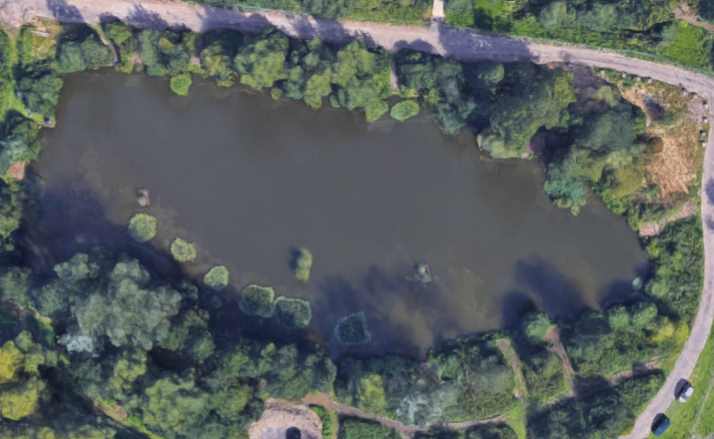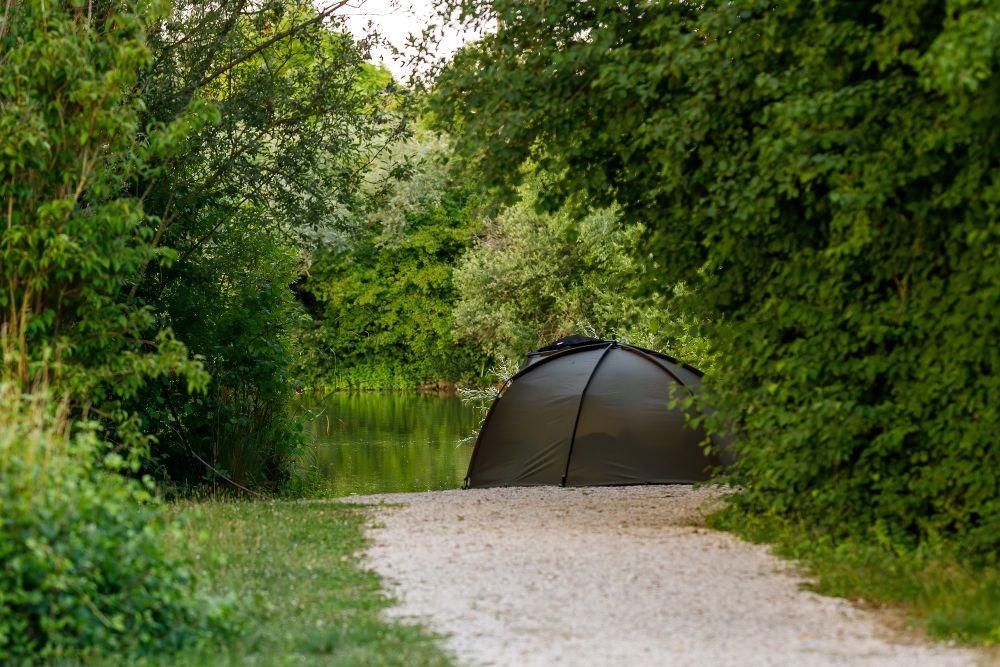Fishing a carp lake that you have never previously fished before can be daunting. Whether it’s a new club water, syndicate lake, commercial venue or a French carp lake, the same principles apply. This article sets out key actions you should take when approaching a new carp water to maximise your chances of success.
Visit the Venue before you start your Campaign
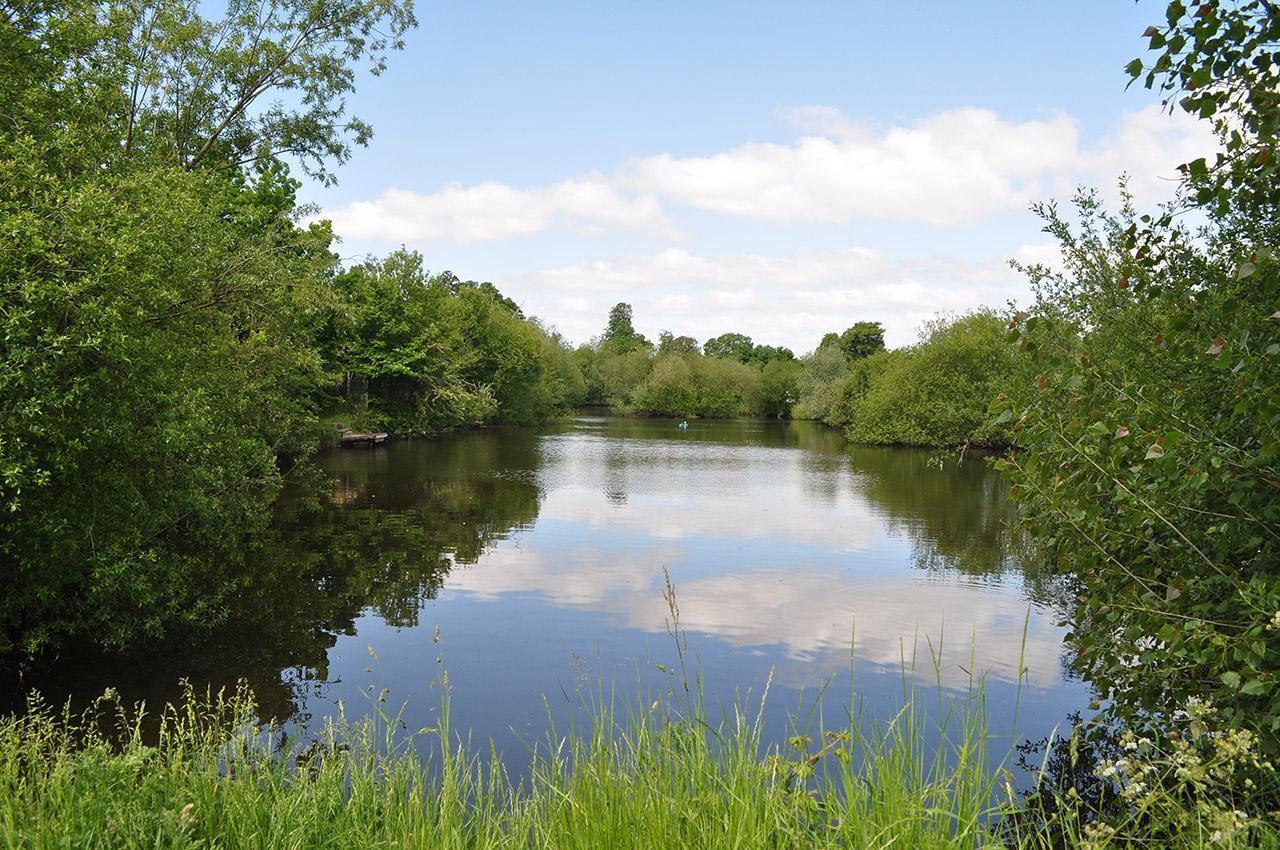
Spend as much time at the lake as you can before fishing it
Before fishing a new carp water don’t overlook gathering information the old fashioned way. If you have access to the lake then spend some time looking around it. Speak to other anglers and see if they are willing to give you any tips or information for when you start your campaign.
Climb trees, look for carp and make a note of where and when any sightings took place. Don’t forget your polaroid glasses too. These are essential for spotting fish and any decent carp angler knows not to leave their glasses at home. When fishing large lakes such as La Loubiere in France fish location is imperative to being successful. You may be able to get away with baiting up a few marginal areas as you walk around. Do a few laps of the lake if possible and see if there are any signs of fish visiting the baited areas. Working out areas where the fish feed or patrol before you start fishing will give you a head start.
There is a wealth of information available on social media platforms and forums

Social media platforms are a wealth of information
Today with the internet and in particular social media, it’s actually pretty easy to find some really useful information about most carp waters. Social media has changed the way information is shared and actually made it much harder to keep anything secret for long! Many venues have got Facebook pages where you’ll find details of catch reports and may find other helpful information. Forums are a really valuable resource too to find discussions on a particular water or to start a discussion yourself.
Google Maps and Google Earth can help identify features on the lake bed such as bars

Google earth is a great way to identify features
It’s invaluable when fishing a new venue that you keep a log of the information so that you can start to build up a picture of the lake and the lake bed. Google maps can be great for this. Print out a map of the lake and use it to mark out swims, features, showing fish and catches.
It’s also worth looking closely at the satellite maps and Google Earth images as sometimes you may identify features such as gravel bars and weed beds that you otherwise may not be able to see if you do not have an aerial view.
Use a marker rod for feature finding and to explore the lake bed topography
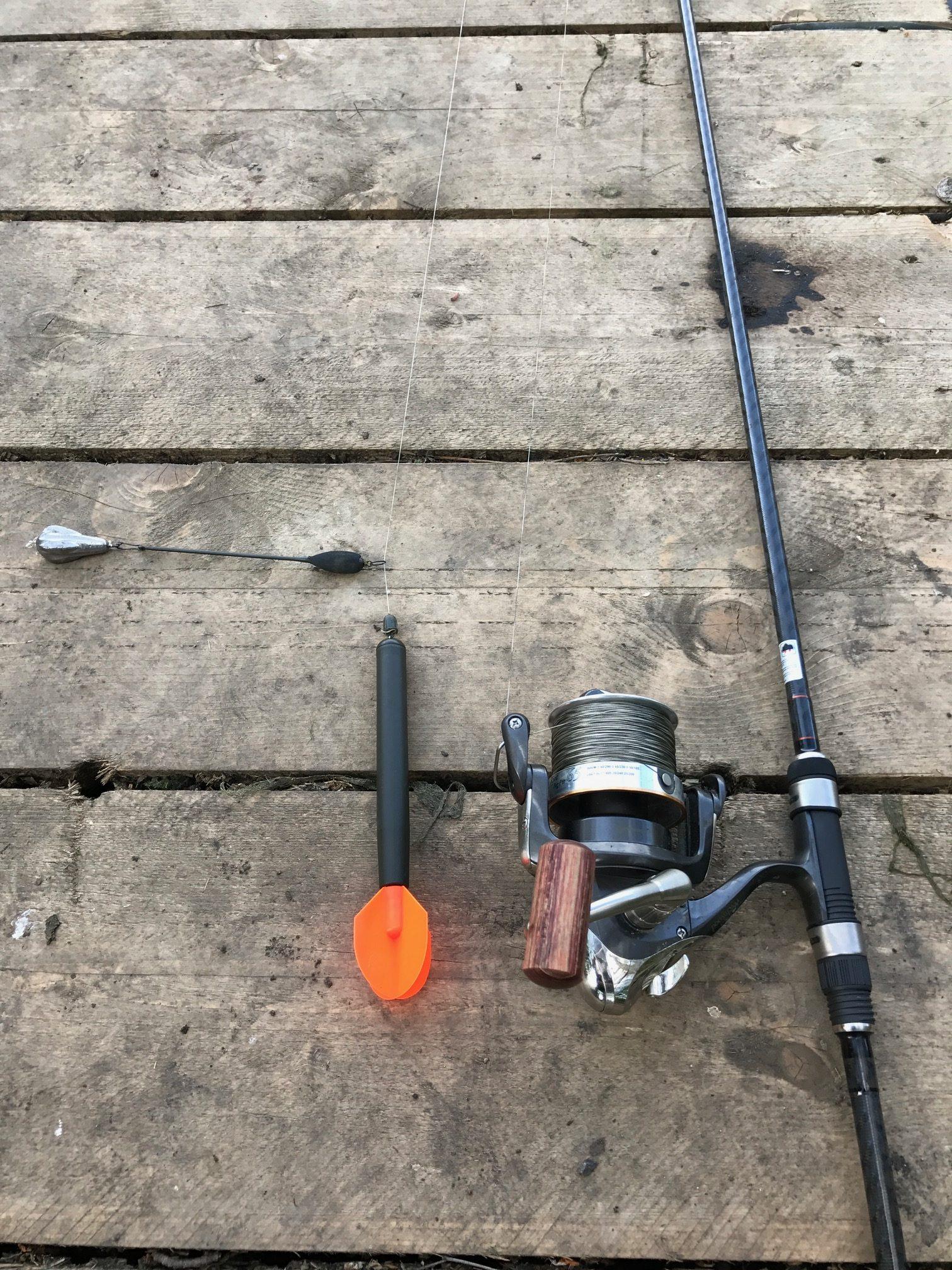
A marker rod is essential to feature finding
We talked in an earlier article about feature finding and the importance of visual features above the surface of the water as well as those you can identify using a lead or marker float set up. When you begin fishing the lake, start off by walking a few laps and trying locate where the carp are. Start with the obvious areas that are likely to hold fish such as fallen trees, marginal over hanging bushes and islands. If you can find fish be careful not to spook them from the swim by doing too much casting.
Ideally if there are fish present in the swim then try to either feel your lead down for the ‘donk’ to see if the spot is firm or just flick a light 3oz lead around the swim on braided mainline to get a picture of the lake bed and work out where is likely to be a good spot to present a bait. When the fish have left the swim then you can put the marker float out and perform a more detailed examination of what’s beneath the surface.
Experiment with Baiting Tactics
There’s no right or wrong baiting approaches when carp fishing and it can just be down to preference. You may also have found out what baits work well from research you have done. Whilst in many cases, going with ‘in form’ bait is the best tactic, bucking the trend can often yield very good results.
Generally, depending on what you are fishing over and the other stock of fish in the lake, will help you to work out what baiting approach to adopt. Of course the weather and time of year will also influence how much bait you use and the potentially the types of baits.
Particle Approach
If there is not a high population of nuisance fish in the lake then a combination of pellets, whole and chopped boilies, hemp and sweetcorn will draw carp into the swim due to the oils, flavours and colours. The small particles such as the hemp and the pellets, which break down at varying rates, will keep the carp in the swim routing around for bait.

Particle fishing can be great when there are not many nuisance fish

When fishing over particles, unless it is close range you will need to use a spod or spomb to get the bait out. To make sure you are feeding over the same area that you have identified with the marker rod, clip the marker rod up in position and replace the marker float and lead with the spod or spomb.
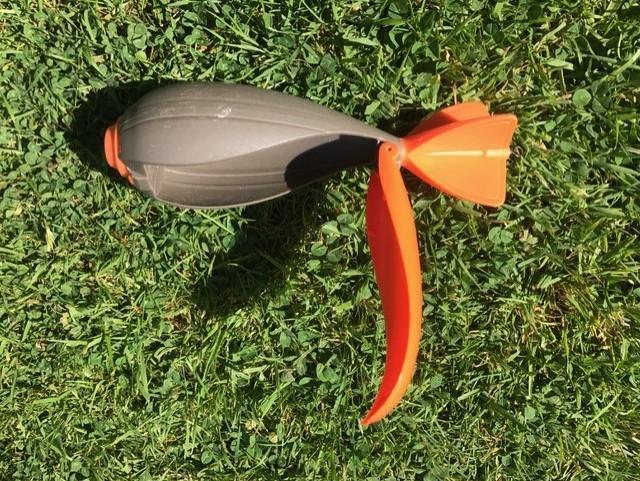
Spreading the bait over a reasonable sized area tends to keep the fish in the swim for longer as they graze over a greater area. This can also be to your advantage particularly on lakes where fish have become wary of tightly baited areas. However, this is purely down to preference and you may wish to bait in a very tightly baited area. The key to this though is ensuring you are able to accurately get the hook bait back on the baited area every time.
Boilie Approach

If there are too many nuisance fish and you haven’t got the patience to be woken from your bivvy in the middle of the night by yet another bream, then the boilie only approach will be the best tactic. Always go for a good quality boilie with high nutritional value such as those made by Parker Baits, which are ideal for campaign fishing. Use a catapult or throwing stick to distribute them. Again consider whether to tightly bait an area or spread them out to try to get the fish grazing over a larger area. Often this depends on what you are fishing over. For instance if you have found a hole in the weed or small gravel patch, then clearly baiting up more tightly is going to be key.
Rig Selection
So you’ve found your spot and decided on a bait. You now need to decide upon which rig to use for the situation. The most important fact to consider is to use a rig that can present a bait effectively over the lake bed. In most cases, the type of the rig you chose is determined by what you are fishing over.
If it’s a fairly clear bottom then there are several bottom bait rigs to chose from such as the D Rig that are extremely effective. Use some rig putty to ensure the rig is pinned to the lake bed. The photo below is a particle mix spread out over an unhooking mat with the rig placed over the top. This gives you can idea of how it may look on the lake bed. It’s important to choose hooklink material and colours that match the lake bed to make the rig as inconspicuous as possible.

If it’s a silty or slightly weedy bottom then a pop up rig is likely to be more effective as it will keep the hook off the bottom and should prevent the hook point becoming masked by lake debris. A good tip to protect the hook point is to wrap some PVA rig foam around the hook or fish a PVA bag or stick mix meaning the hook point is completely covered until the PVA melts away.
Where the weed is too thick to fish low lying a pop up rig such as a spinner rig, a chod rig is probably a good option to chose. It’s one of the few rigs that can be fished effectively over weed. It should be noted though, that if weed is much greater then 2 to 3 foot in length off the bottom then it does become significantly more challenging to present a hook bait effectively and even if you can get a take, the chances of landing the risk are harder.
Be Awake and Watching the Water at First Light

Make the effort to be up for first light
Finally, make sure you are awake for first light. It’s one of the best ways to identify where the fish are. Set your alarm for 15 minutes before first light so you have time to make a cup of tea or coffee and hopefully be alert and ready.
Spotting fish roll can make a huge difference especially if it’s a water where fish do not show often. It may only be a half an hour window when the carp show themselves so get out the bivvy to make sure you can watch as much of the water as possible.








